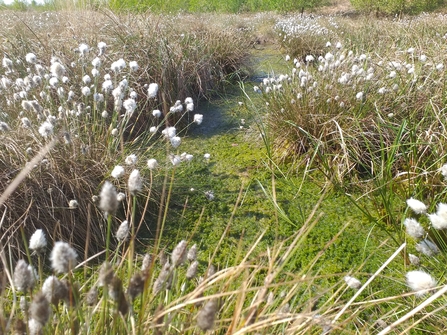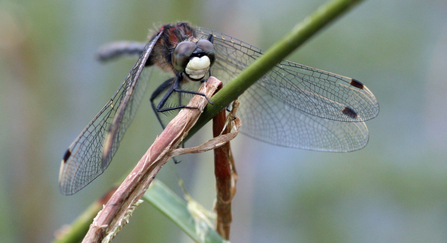The ‘mosslands’ of Greater Manchester were once 35 km2 of lowland raised peat bog, a habitat that was home to rare and specialised wildlife, along with soaking up excess rainfall, and storing and sequestering millions of tonnes of carbon. But 99 per cent of this amazing habitat has been lost to drainage for peat extraction and conversion to agriculture. The remaining fragments are isolated and in need of restoration.
Manchester’s mosslands need our help.
Global consultancy and construction company, Mace, is funding an ambitious five-year project to restore 157 hectares of damaged mossland habitat across Greater Manchester, with the aim of bringing biodiversity back to these rare and precious places.


